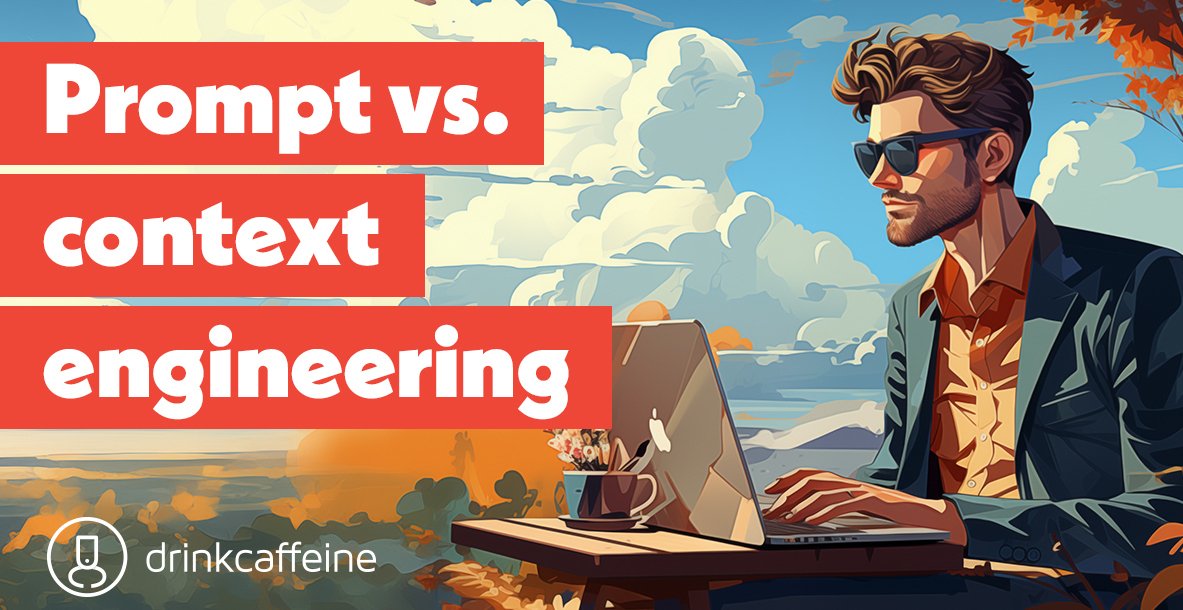Approximate reading time: 2.5 minutes
Most of our clients have mastered prompt engineering—crafting effective queries to get better AI responses. But the real competitive advantage lies in the next evolution: context engineering.
What’s the difference?
- Prompt Engineering: Teaching your team to ask AI the right questions
- Context Engineering: Giving AI access to your organization’s knowledge, data, and processes to provide informed answers
Why Context Engineering Matters: Think of it as the difference between hiring a consultant who asks good questions versus one who has studied your company for months. Context engineering leverages techniques like RAG (Retrieval-Augmented Generation) to connect your documents, processes, and institutional knowledge directly to AI systems.
What You Can Start Today (without help):
- Use simple connectors to link key documents to your AI tools. Gemini, ChatGPT and Claude all have them
- Identify your most valuable knowledge repositories (SOPs, client data, market research)
- Test AI responses using your internal context versus generic prompts
When to Engage Your Technical Team: While basic document connections are straightforward, technical leaders when you should consider:
- Security protocols and data governance
- Compliance requirements and audit trails
- Enterprise-wide implementation and scaling
Context engineering transforms AI from a helpful tool into an extraordinary asset. Organizations that master this transition early won’t just improve efficiency—they’ll create sustainable competitive advantages through AI that truly understands their business.


